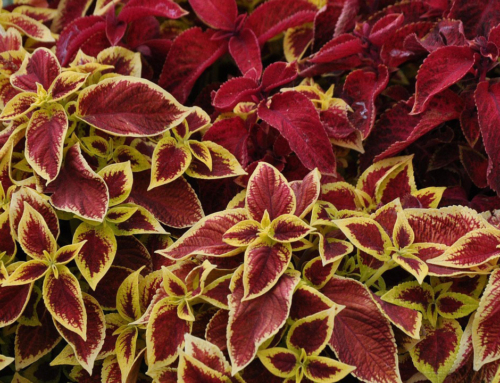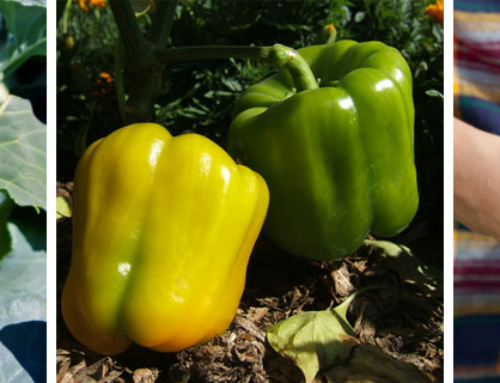By Theresa Rooney, Hennepin County Master Gardener
Did you hear about the scarcity of maple syrup this past year? Pancakes without maple syrup? I can’t believe this! What about a fall with no maple trees- screaming out their foliage colors of crimson, gold and orange? Oh it would be a sad world.
Maples are only one tree, but they do make up a large part of our ‘urban forest’. In fact, according to the 2010 Minnesota Department of Natural Resources Community Tree Survey, maples make up over 20% of our urban forests.
Unfortunately, this can be frightening should a pest or disease strike our maple trees. Just see how people are reacting to losing their precious Ash trees to the Emerald Ash Borer, or their Elm trees to Dutch Elm Disease. Since maples make up even more of our urban landscape, imagine the devastation if a pest or disease strikes!
According to Gary R. Johnson, Extension Professor for Urban and Community Forestry at the University of Minnesota, we would be well advised to look beyond planting just maples in the Midwest.
Have you heard of any maple tree pests yet? Well allow me to be the bearer of bad news. The Gypsy moth is here. It prefers oaks, but its second choice is our beloved maple tree. Yes the very same maple trees of maple syrup fame. Oh and don’t forget the Asian Longhorned beetle, currently only as close as Chicago, but able to hitch a ride easily on transported wood and firewood. The Asian Longhorned beetle prefers maples!
Add to this the stresses on our current maple population such as often being planted too deeply, droughts, heat, pollution, root zone compaction and competition with turf grass and it is a wonder any maples are left!
What is a homeowner to do? Well of course as a Master Gardener, I say diversify! There are numerous trees, large and small, that can be planted instead of maples. The more we diversify our urban forest the healthier all of the trees will be. So go ahead and plant that maple if you must, but first consider some other trees.
Here are some suggestions for some small to medium trees that will work well in most of our urban forest.
Dakota Pinnacle Birch. I admit I am lusting after this tree. I grew up in the north woods and birch was everywhere. I am transported to those cool wonderful woods every time I see a healthy birch tree. This birch is resistant to many birch pests; it is a smaller tree and has a narrow profile. And as you can imagine with Dakota in the name (North Dakota to be specific), it is quite hardy.
Amur Maakia. This is a beautiful tree, although I don’t ever see it for sale at the garden centers. Google it, fall in love, then call your local garden center and request it.
Eastern Redbud. This is a wonderful understory tree, decked out in purple tiny flowers before the leaves appear, then sporting heart shaped large leaves all summer. Although this tree may steal your heart, it won’t steal nitrogen because it is a ‘nitrogen fixer’ (member of the legume family like peas and beans). This luscious tree will actually gather nitrogen from the air and fix it to the roots, and then ‘feeds’ the nearby plants as the roots naturally break down.
Honeylocust. If dappled shade and a medium sized tree is what you need, look for Honeylocust. The bright yellow leaves of many of them in the spring and again in the fall will cheer you up. The tiny leaves will decompose quickly into your lawn or garden with little or no raking needed- unless you like to rake leaves!
Dutch Elm Resistant Elms. Some people love BIG trees, I know I do, but my tiny yard won’t support them, but for those with space I would suggest one of the Dutch Elm Disease resistant elm trees.
Gingko. Perhaps you would enjoy a Gingko, with its prehistoric lineage and fan shaped leaves. Did you know that your ginkgo would drop all of its leaves in one afternoon in the fall? This is easy peasy clean up for those who don’t like to rake leaves weekly all autumn long. Just make sure to select a male tree as the female trees do produce an edible, but quite smelly, fruit.
Kentucky Coffee Tree. Maybe you want a big tree with dappled shade? Kentucky Coffee Tree is your choice. Compound leaves make for dappled shade in the summer but allow for lots of solar gain in the winter after the leaves have fallen.
Hackberry. The Hackberry should be on your list of big trees, if you want a very hardy, very large tree.
You have lots to choose from!!! This brief list by no means represents all the wonderful trees that will thrive in our area. Still wondering what tree may work for you? Head over to the Minnesota Landscape Arboretum during the growing season and check out the 3-mile drive. You will see all of these trees and more.
Remember to site the tree carefully, making sure that you are putting the right tree in the right place. Consider the soil type, moisture needs, and sun availability and very importantly, the mature size of the tree you want to plant!
Variety is the spice of life. So spice up your life, I mean your yard, with a new tree this year.




